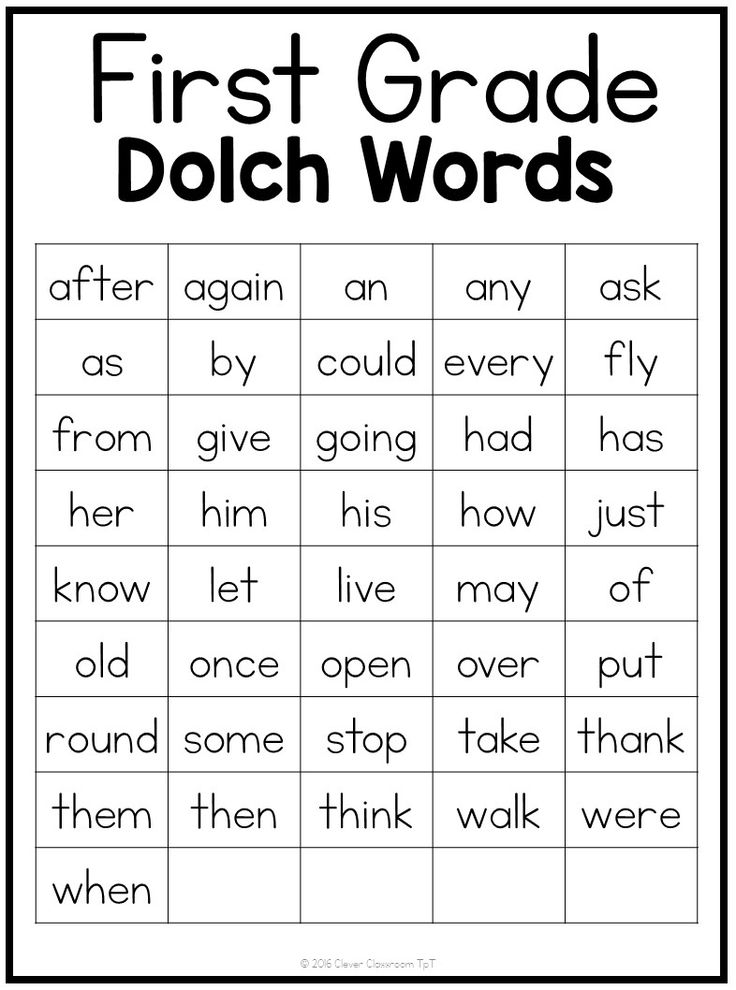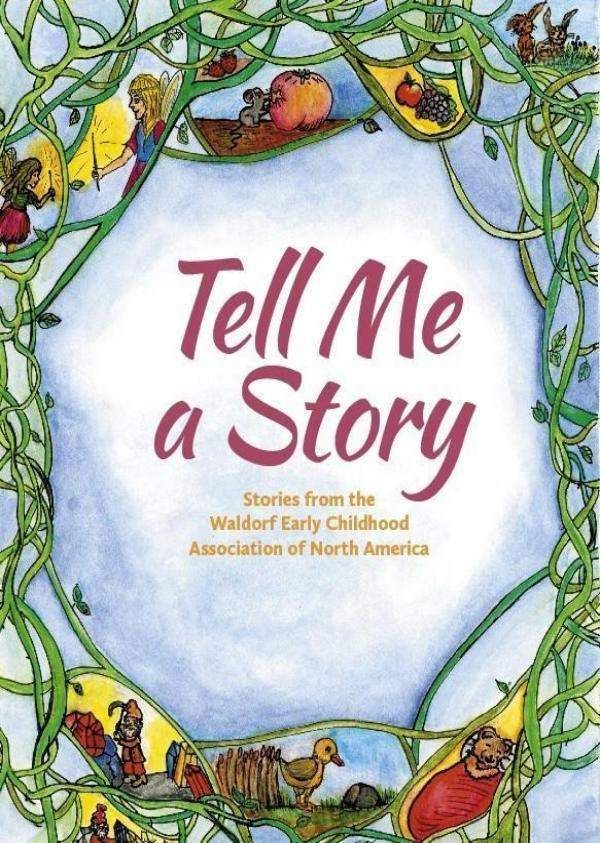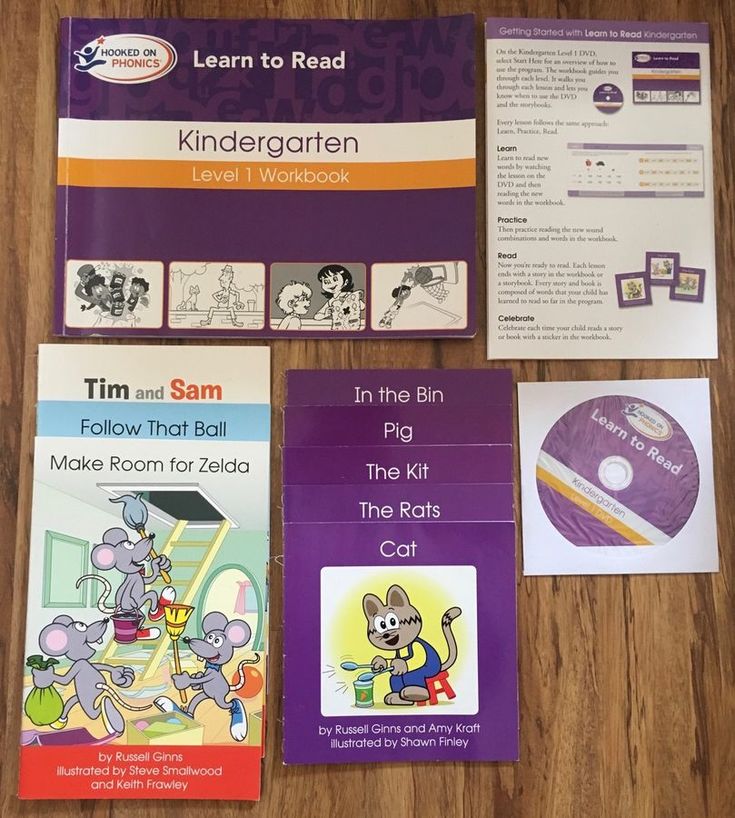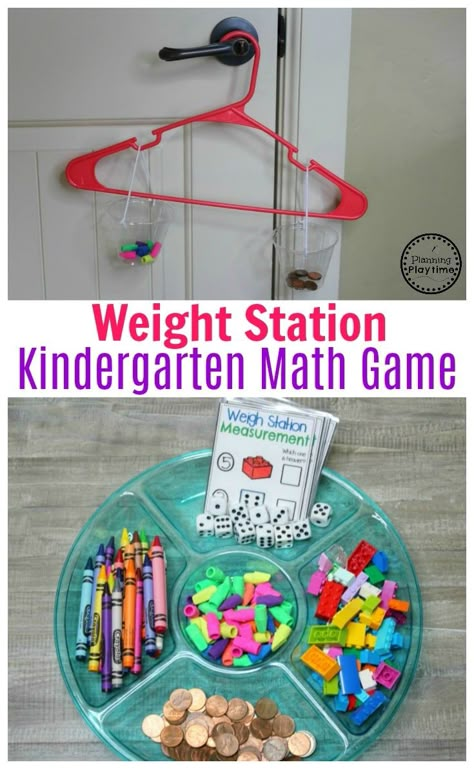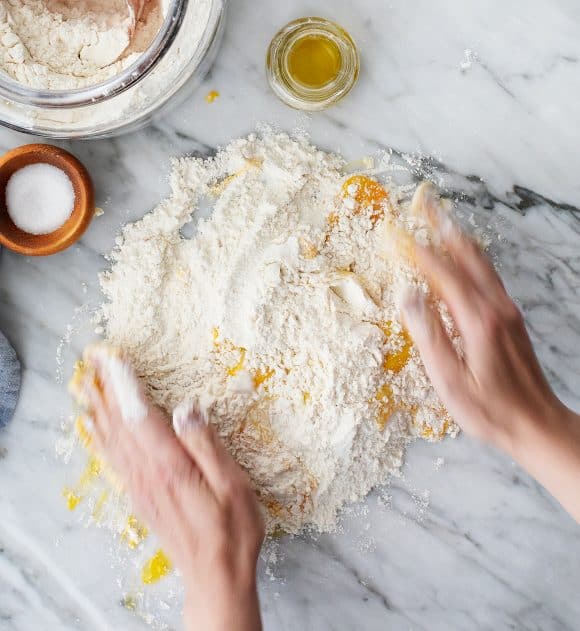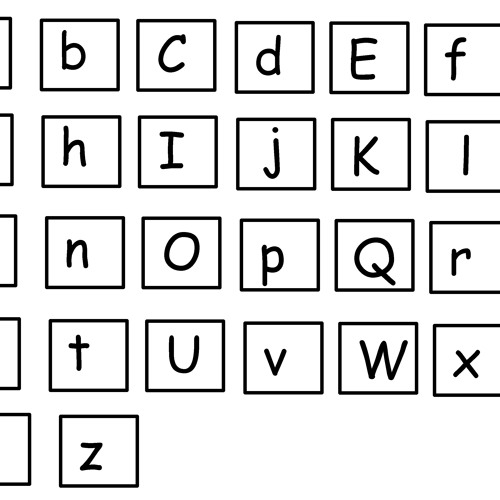How many sight words should a second grader know
Everything You Need To Know
This post contains affiliate links. If you click & make a purchase, I receive a commission at no additional cost to you! Thanks! As an Amazon Associate, I earn from qualifying purchases. Read my full disclosure here.
Being able to read sight words and high frequency words are crucial for success in reading. By the time students get to the second grade sight words, they’ve already memorized a large majority of the words they will need to know to be good readers.
But what is the difference between sight words, high frequency words, Dolch words, and Fry words?
That is exactly what we are going to cover in this post! You will learn what sight words are, how they can help your second grader’s literacy and reading comprehension, and which words your second grader should know.
What Are Sight Words?
Sight words are words that don’t follow typical spelling patterns. These words need to be memorized because attempting to sound them out is time-consuming and ultimately, useless.
Once kids have mastered these words, they should be able to identify them within three seconds of seeing them or “at first sight.”
Difference Between Dolch and Fry Sight Words
The Dolch sight word list came from the educator, Dr. Edward William Dolch. During the 1930s and 40s, he studied the words most frequently found in children’s books.
He compiled these words into what is now known as the Dolch word list. He divided the list into sections from Pre-K thru third grade and included 95 additional nouns.
In the 1950s, Dr. Edward Fry came along and modernized the Dolch list. His list, which was also updated in 1980, became known as the Fry Sight Word List.
This list includes 1,000 of the most commonly occuring words in children’s literature. They are broken into groups of 100 and taught from kindergarten through fifth grade.
- Kindergarten: the first 50 words on the Fry List
- First grade: the first 100 words on the Fry List (the first 50 will be review)
- Second Grade: second 100 Fry words
- Third Grade: third 100 Fry words
- Fourth and Fifth Grade: all of the remaining Fry words
Most public and private school settings follow these guidelines.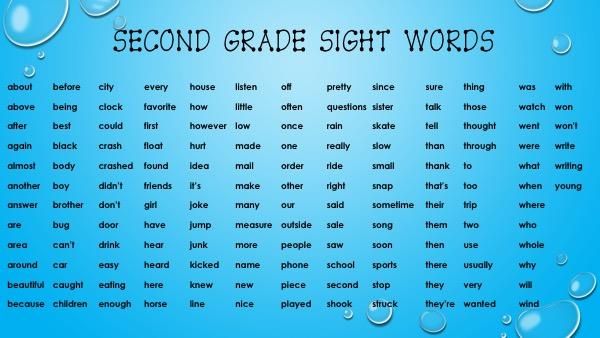 But if you’re homeschooling, you can move as quickly or as slowly as your child needs to memorize these words. Once your student has mastered each set, simply move on to the next.
But if you’re homeschooling, you can move as quickly or as slowly as your child needs to memorize these words. Once your student has mastered each set, simply move on to the next.
Are Sight Words and High-Frequency Words the Same Thing?
This is a common question because we see these terms used interchangeably.
High frequency words are the most commonly occurring words in the English language, while sight words are those words that can be read immediately or “at first sight.”
As soon as a word is memorized, it can become a sight word.
However, sight words and high-frequency words are not the same. We defined earlier that sight words are words that do not follow traditional spelling patterns.
High-frequency words are included in both the Dolch and Fry word lists, but these are words that are most commonly occurring. Examples: the, of, and, a, is, in, etc.
We want our students to be able to recognize and memorize high-frequency words by sight because they are so common and make up 50% of the words they will see from now on.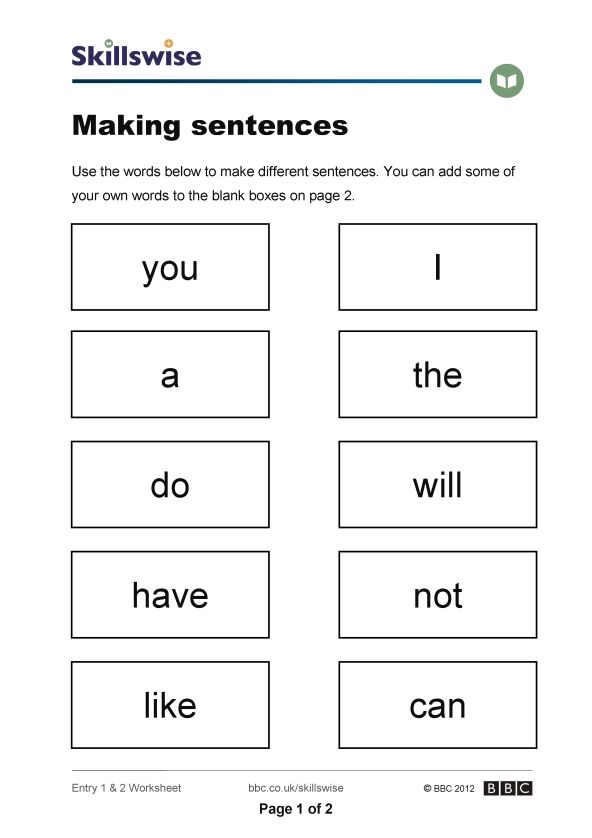
Ways to Teach Sight Words
Because each student’s learning style is different, there is no one way to teach sight words. But any way that you can make learning the sight words fun will be a win with your kids! So here are 5 simple ways to make learning sight words more engaging.
- make flashcards
- create a “word wall”
- Create a word hunt and let your child find the words around the room
- implement word lists in writing
- turn the words into a song
Tips to Remember When Practicing
When you are practicing sight words with your second grader, remember that everyone learns at a different pace. The goal is that they will learn the second set of one hundred words by the end of the school year…so you have time!
It’s best to review no more than 3-5 unfamiliar words a day. Once they master these, then introduce the next set while continuing to review the ones they already know.
Every parent wants their child to learn the words as fast as humanly possible, but there’s no need to rush.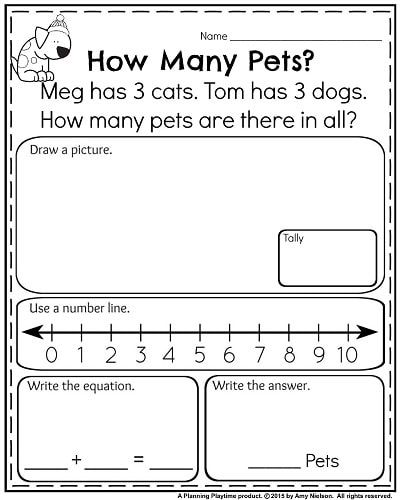 It’s better for them if they know 40 words really well than partially knowing 100.
It’s better for them if they know 40 words really well than partially knowing 100.
Incorporate 10-15 minutes of sight word practice each day and make this part of their routine.
Sight Word Activities for Second Graders
38 Creative and Simple Sight Word Activities for the Classroom
You will never run out of ways to get your second grader excited about sight words with these 38 activities created by teachers and parents alike!
These ideas are so much fun that you could incorporate them into your kindergartener’s homeschool schedule or into your older kids’ daily activities.
25 Low-Prep Sight Word Activities
Low prep and no prep activities are the BEST because they require little or no work on your part. And these sight word activities fit the bill because they don’t require many supplies, yet they’re engaging and educational.
Many of these sight word practice activities can even be completed on the go with a marker board or a metal lunchbox with magnetic letters!
51 Sight Word Activities and Games
This set of sight word activities has so many unique ideas including outdoor games like “Sight Word Soccer” and a play on traditional board games such as “Sight Word Guess Who!”
Your child will have so much fun that they won’t even know they are learning. And with this many different activities, you won’t ever have to resort to the same activity twice…unless your kids just love it!
And with this many different activities, you won’t ever have to resort to the same activity twice…unless your kids just love it!
5 Online Games for Sight Word Practice
Technology is a vital part of our world and an essential component of digital learning. These 5 online games to try are a perfect way to get your second graders excited about sight words!
They will love Bingo and Word Smash and the fact that they are participating in tech time by using the computer or iPad. Plus, there are even non-digital games and resources as well!
Second Grade Sight Words Practice Cards
We talked a little bit earlier about ways students could learn sight words. Here’s an activity that practices reading, writing, and using the sight words in a sentence by implementing practice cards.
If you are homeschooling your child, this is a great way to kill two birds with one stone!
Second Grade Sight Words: Dolch List
Since there are several different lists, I have the second grade lists for each.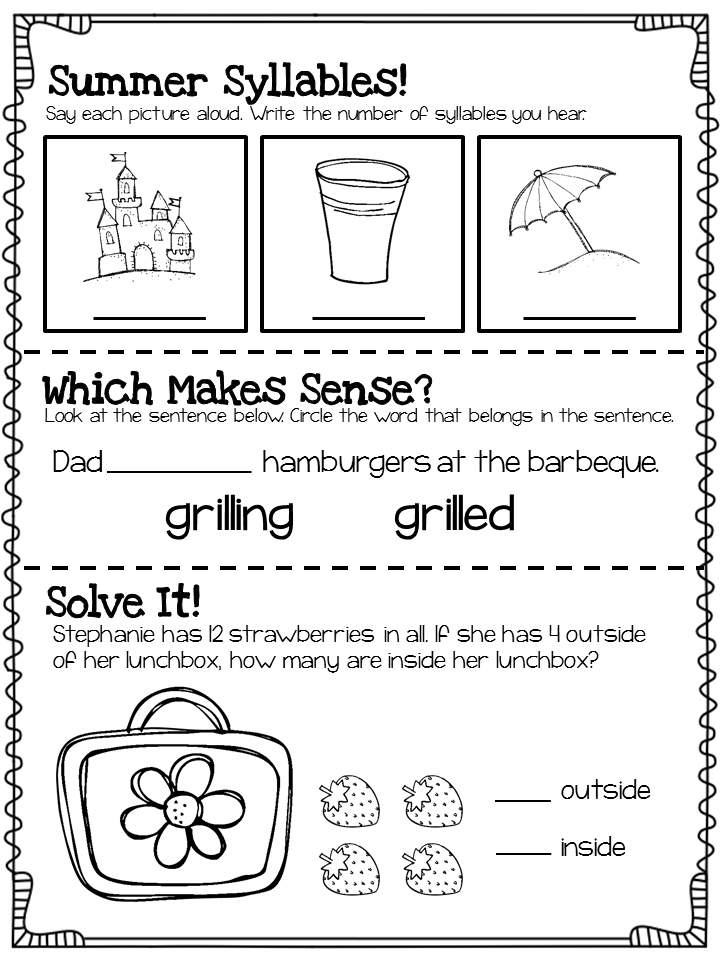 Below you find the Dolch List for second graders including the nouns.
Below you find the Dolch List for second graders including the nouns.
Dolch Second Grade Word List
always, around, because, been, before, best, both, buy, call, cold, does, don’t, fast, first, five, found, gave, goes, green, its, made, many, off, or, pull, read, right, sing, sit, sleep, tell, their, these, those, upon, us, use, very, wash, which, why, wish, work, would, write, your
Dolch Noun List
apple, baby, back, ball, bear, bed, bell, bird, birthday, boat, box, boy, bread, brother, cake, car, cat, chair, chicken, children, Christmas, coat, corn, cow, day, dog, doll, door, duck, egg, eye, farm, farmer, father, feet, fire, fish, floor, flower, game, garden, girl, goodbye, grass, ground, hand, head, hill, home, horse, house, kitty, leg, letter, man, men, milk, money, morning, mother, name, nest, night, paper, party, picture, pig, rabbit, rain, ring, robin, Santa Claus, school, seed, sheep, shoe, sister, snow, song, squirrel, stick, street, sun, table, thing, time, top, toy, tree, watch, water, way, wind, window, wood
Second Grade Sight Words: Fry List – The Second 100
While the Dolch Second Grade word list was compiled by frequency, the Fry List increases in difficulty based on alphabetical order.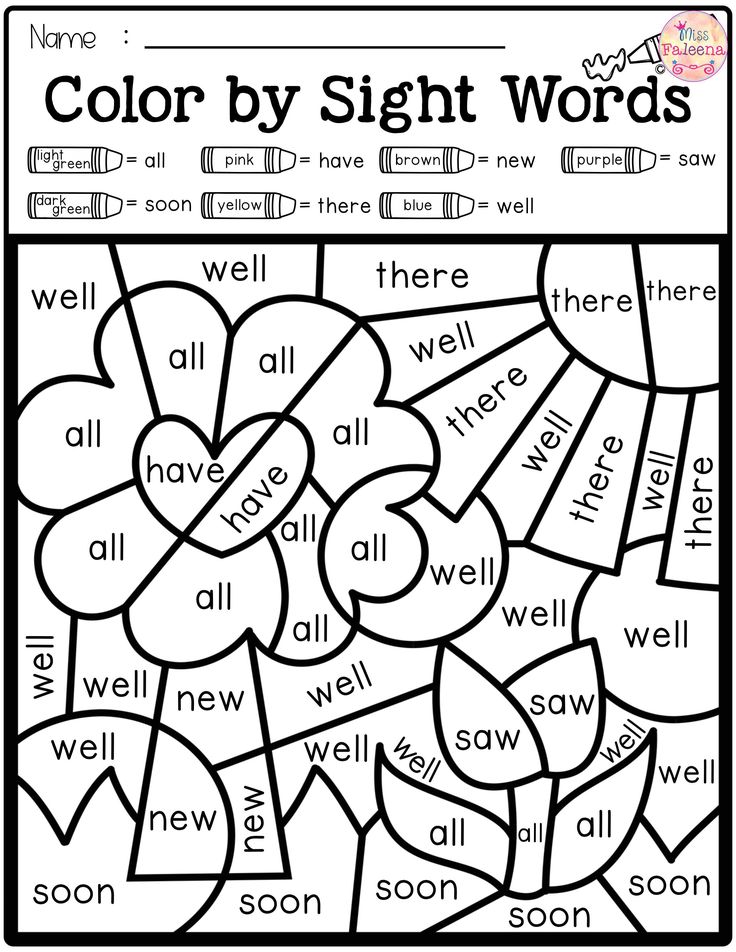
Second 100 Fry Words List
after, again, air, also, America, animal, another, answer, any, around, ask, away, back, because, before, big, boy, came, change, different, does, end, even, follow, form, found, give, good, great, hand, help, here, home, house, just, kind, know, land, large, learn, letter, line, little, live, man, me, means, men, most, mother, move, much, must, name, need, new, off, old, only, our, over, page, picture, place, play, point, put, read, right, same, say, sentence, set, should, show, small, sound, spell, still, study, such, take, tell, things, think, three, through, too, try, turn, us, very, want, well, went, where, why, work, world, years
As a parent, homeschooling your kids or even just helping them with second grade sight words for homework can be frustrating. But try adding in some of the activities and games because I guarantee they will make learning sight words much more enjoyable for your second grader!
More Reading Resources:
- How To Help Kids Who Struggle with Reading Fluency
- Simple Modifications for Your Struggling Students
- Ways to Help Struggling Readers Become Successful
Second Grade Sight Words: Everything You Need to Know
Is your second grader struggling with reading? Learning sight words can be a great way for second graders to improve their reading fluency and their confidence at the same time.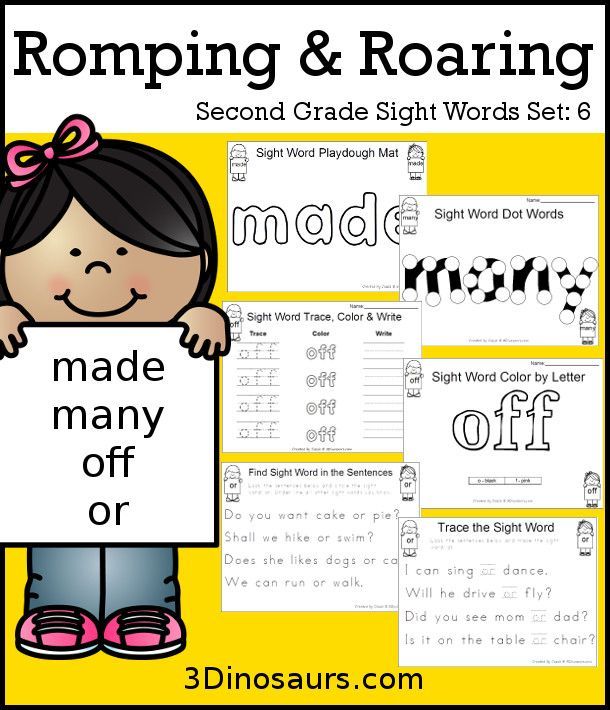 This free printable 2nd grade sight words list will help get started teaching your child the sight words that every 2nd grader should know.
This free printable 2nd grade sight words list will help get started teaching your child the sight words that every 2nd grader should know.
I only recommend products that I use and that we love. This post may contain affiliate links and I may earn a small commission for purchases made through those links.
What are Second Grade Sight Words?
Sight words are words that a child recognizes right away, and can read without sounding them out first. There are two different kinds of 2nd grade sight words.
Decodable words, also called high-frequency words, are words that kids can read by using the rules of phonics. These are the words that appear most frequently in books. Although kids can sound these words out, reading is easier and faster when these words are stored in the child’s memory.
Irregular words don’t follow the rules of the English language and aren’t decodable. Because kids can’t sound these words out using phonics, they will need to be memorized instead.
Why Do Second Graders Need to Learn Sight Words?
Memorizing sight words is an important part of learning how to read. There are many benefits to memorizing sight words, including:
- Knowing sight words helps kids be able to read faster, without having to sound out every word
- Kids who have memorized sight words will have an easier time reading
- Understanding sight words gives kids more confidence
- Kids who can read more confidently will enjoy reading more
- Kids who understand sight words will be able to read independently
Students need a solid foundation of common sight word knowledge, coupled with strong phonics instruction as well, to become good readers. Kids should learn to read using both sight words and phonics.
2nd Grade Sight Word Lists
Dolch Sight Words List
The Dolch Sight Word list is commonly used for teaching sight words. The full list includes 220 words, which Dolch refers to as service words.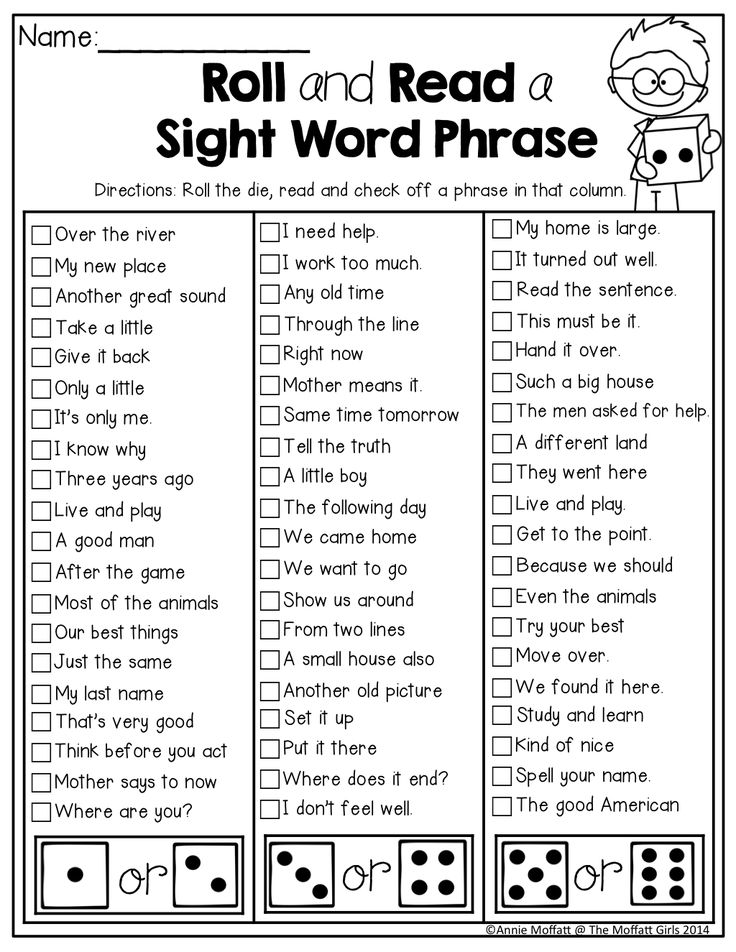 These lists include 80% of the words found in children’s books and 50% of the words in books overall. There is a word list for each grade level from preschool through 2nd grade and an additional list of the 95 most common nouns.
These lists include 80% of the words found in children’s books and 50% of the words in books overall. There is a word list for each grade level from preschool through 2nd grade and an additional list of the 95 most common nouns.
Dolch Words for Second Grade
The Dolch word list for first grade includes 46 high frequency and irregular sight words. They are, in alphabetical order:
always, around, because, been, before, best, both, buy, call, cold, does, don’t, fast, first, five, found, gave, goes, green, its, made, many, off, or, pull, read, right, sing, sit, sleep, tell, their, these, those, upon, us, use, very, wash, which, why, wish, work, would, write, your
Grab a Free Printable List of the Dolch Sight Words for 2nd Grade Here!
These printable worksheets will make teaching second grade sight words fun and easy!
Dolch Sight Word Lists
These sight word lists will make it easy to teach Dolch sight words in your homeschool. This pack comes with bonus checklists and flashcards for each level as well! All the words for preschool through 3rd grade are included, so you can use this resource with multiple kids- or save it to use again and again!
I Need This!
Fry Sight Words
The Fry sight word list was created as an updated version of the Dolch Words.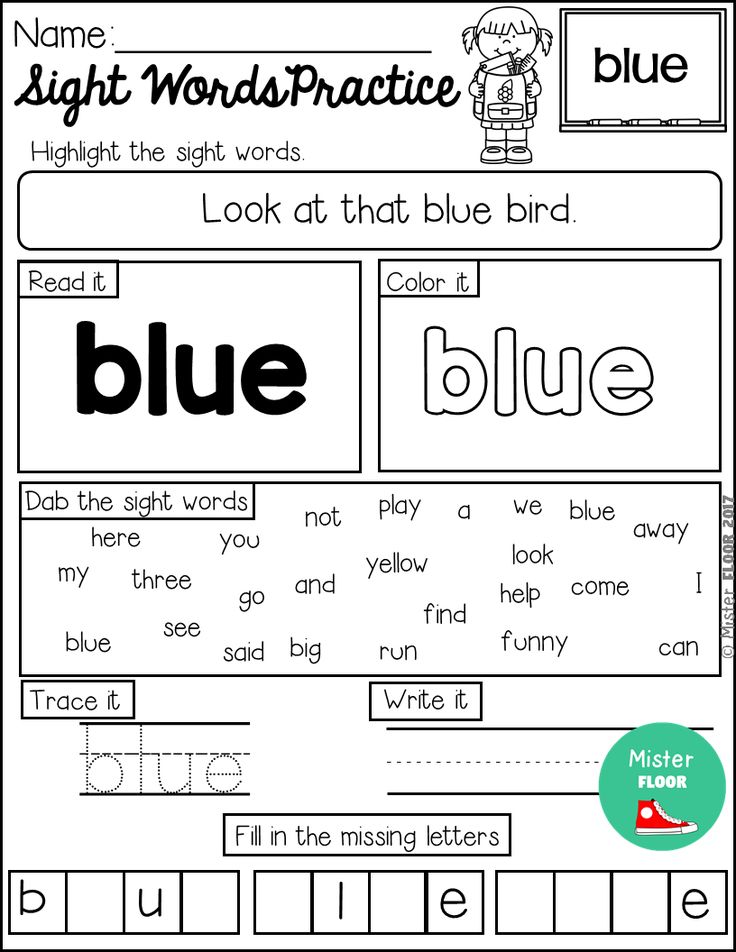 The lists include 1000 commonly used words, divided into groups of 100. The groups are not organized by grade level, so kids can work through them at their own pace.
The lists include 1000 commonly used words, divided into groups of 100. The groups are not organized by grade level, so kids can work through them at their own pace.
The Fry sight words list includes 90% of the words kids will find in the books they read.
Fry Words for Second Grade
The third Fry word list includes 100 sight words:
above, add, almost, along, always, began, begin, being, below, between, book, both, car, carry, children, city, close, country, cut, don’t, earth, eat, enough, every, example, eyes, face, family, far, father, feet, few, food, four, girl, got, group, grow, hard, head, hear, high, idea, important, Indian, it’s, keep, last, late, leave, left, let, life, light, list, might, mile, miss, mountains, near, never, next, night, often, once, open, own, paper, plant, real, river, run, saw, school, sea, second, seem, side, something, sometimes, song, soon, start, state, stop, story, talk, those, thought, together, took, tree, under, until, walk, watch, while, white, without, young
Create Your Own Second Grade Sight Word List
It can be helpful to create your own customized sight word list for your second grader. Many families create word walls by combining the Dolch sight word list for 2nd grade with some of the Fry words. They might even include some unique sight words of their own.
Many families create word walls by combining the Dolch sight word list for 2nd grade with some of the Fry words. They might even include some unique sight words of their own.
How many sight words should a second grader know?
The Dolch Sight Word lists for preschool through 2nd grade include a total of 179 commonly used words. By the end of second grade, your child should probably be able to read around 180 sight words. If your child doesn’t know as many sight words, that’s ok. Make sure that you are practicing consistently and continue to add new words at your child’s pace.
Tips for Teaching Second Grade Sight Words
Teaching reading, including sight words, is an important part of homeschooling. These tips will make it easier.
When Should I Start Sight Words with my Child?
As long as your child understands the concept of using phonics to blend sounds and make words, you can start introducing sight words.
What Order Should I Teach the Sight Words?
There are a variety of ways to teach second grade words.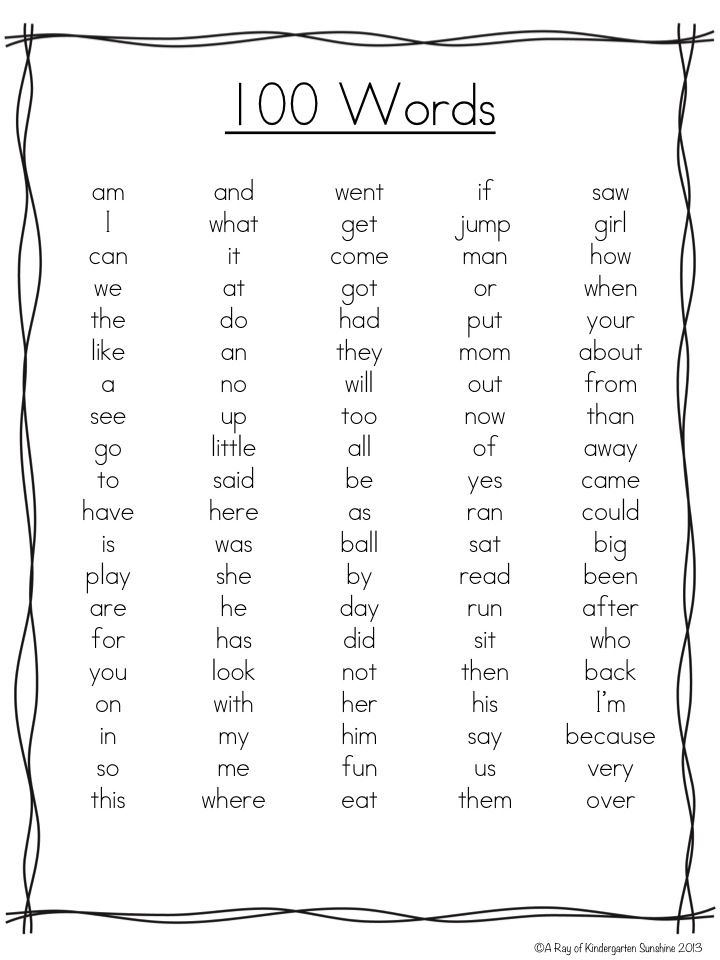 A good strategy is to teach the words in order of frequency, starting with the words that your child is most likely to find in the books they are reading first.
A good strategy is to teach the words in order of frequency, starting with the words that your child is most likely to find in the books they are reading first.
How Many Sight Words Should My Child Learn at Once?
It is best to introduce sight words in small groups. A good way to get started is to teach a few words at a time, practice with sight word activities, and then add a new group of words once your child can remember the words consistently.
Are Sight Words Enough to Help My Child Learn to Read?
Just memorizing sight words is not enough to help your child become a strong reader. Lots of research shows that kids learn to read best when they memorize sight words in combination with a strong phonics-based reading program. You can learn more about sight words vs phonics here.
Helpful Products for Learning 2nd Grade Sight Words
Sight Word Strategies
One of the best ways to teach sight words to second graders is with fun games and activities. Here are a few ideas to include in your lesson plans that will help kids practice their sight words in a fun way.
Here are a few ideas to include in your lesson plans that will help kids practice their sight words in a fun way.
Stencils
An alphabet letter stencil is a great tool for helping kids practice writing their words in different ways.
Sight Word Collage
Use scissors to cut out sight words, or letters, from magazines. Kids can use a glue stick to glue the letters on a piece of card stock to form their sight words. Or, they can make a collage with all the sight words they found. For an extra challenge, ask your 2nd grader to write their own sentences with their high frequency words.
Invisible Sight Words
Use a white crayon to write your child’s sight word on a piece of paper. They can paint the paper with watercolor paints to make the sight word appear.
Sight Word Soccer
To play this sight word game, tape sight word flash cards onto play cones or plastic cups. Challenge your child to kick a soccer ball and knock down the cones. As each cone is knocked down, your child can practice reading the sight words.
Ring Toss
Spread out word cards from your word wall on a table or floor. Kids can take turns tossing checkers, math counters, pennies, or other small objects and trying to get them to land on the card. If they can read the word, they get a point.
Be sure to check out my huge list of fun ways to practice sight words at home. By implementing these fun sight words learning activities for extra practice, your child will be on his way to becoming a great reader at an early age!
Tips for Success with Second Grade Sight Words
Make Sight Words Fun
It is important to make sure that kids enjoy learning sight words. Fun games and activities will help them be more engaged in what they are learning.
Be Patient
Learning new sight words takes time. It is important to be patient and keep practicing with your child. Young students will continue to develop their reading skills over time.
Be Consistent
Kids who are learning new sight words need to practice every day.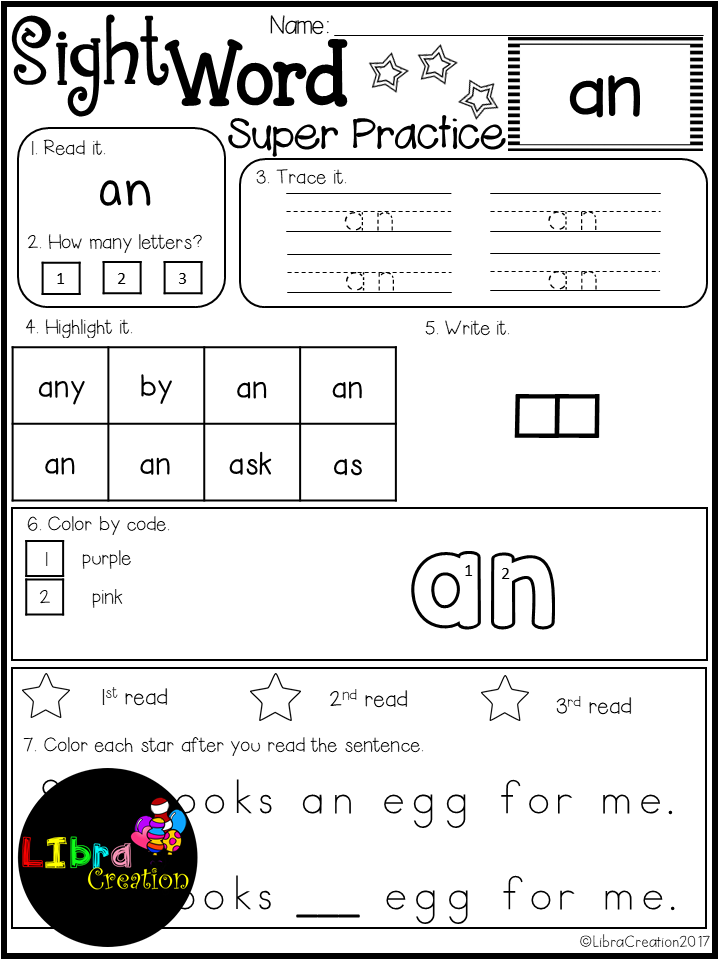 Helping your child practice daily (even for just a few minutes) is the best way to keep the information fresh and help them remember what they are learning.
Helping your child practice daily (even for just a few minutes) is the best way to keep the information fresh and help them remember what they are learning.
Sight words are an important part of teaching kids how to read. When you practice sight words with your kids regularly, they will become better readers as they gain confidence and fluency with sight words.
Free Printable List of 2nd Grade Sight Words
This PDF file includes a printable list of the Second Grade words, a checklist you can use to keep track of which words your child knows, and a set of Dolch Second Grade Sight Words flash cards to help you practice with your child!
Dolch Sight Word Lists
These sight word lists will make it easy to teach Dolch sight words in your homeschool. This pack comes with bonus checklists and flashcards for each level as well! All the words for preschool through 3rd grade are included, so you can use this resource with multiple kids- or save it to use again and again!
I Need This!
Sight Word Lists for Other Grades
Grab a printable pack of free teaching resources for each grade here:
Preschool
Kindergarten
First Grade
Third Grade
English 2nd grade: what a second grader should know
JavaScript and cookies must be enabled in your browser for the site to work correctly
Cookies must be enabled in your browser for the site to work properly.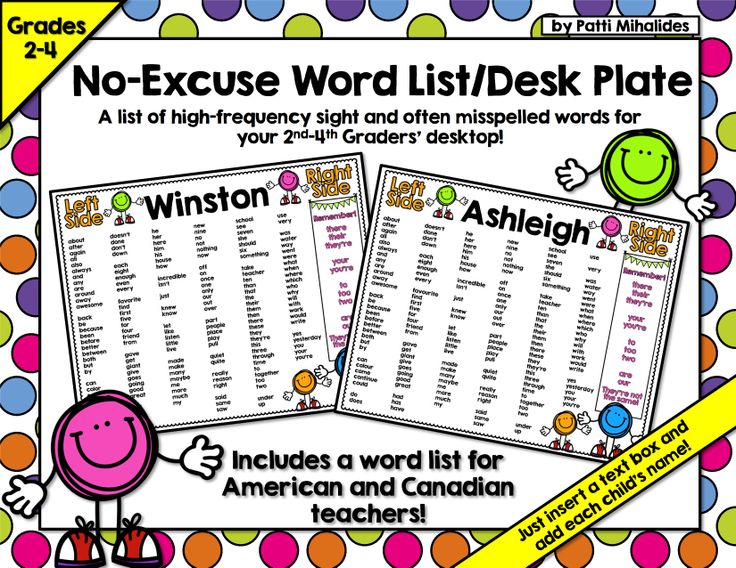
We value your opinion. about how the training is going.
watch
December 26, 2018
7 min. read
320628
Article content:
- What is the best way to start learning English for a second grader?
- English vocabulary on the topic "Polite phrases"
- Grammar topics
- Basic phrases and expressions in the 2nd grade
- English vocabulary on the topic "Phrases of apology"
- What form of teaching is better to use
- How to learn English on your own in the 2nd grade ?
- What should a second grader know by the end of the year?
- Conclusion
Hey guys! If you read the previous article about first-graders, then you already know what will be discussed, and if not, then today we will discuss how best to start learning English in the second grade. We will analyze the main words and expressions that are included in the school curriculum, find out which form of education is better to apply and what a second grader should know by the end of the school year.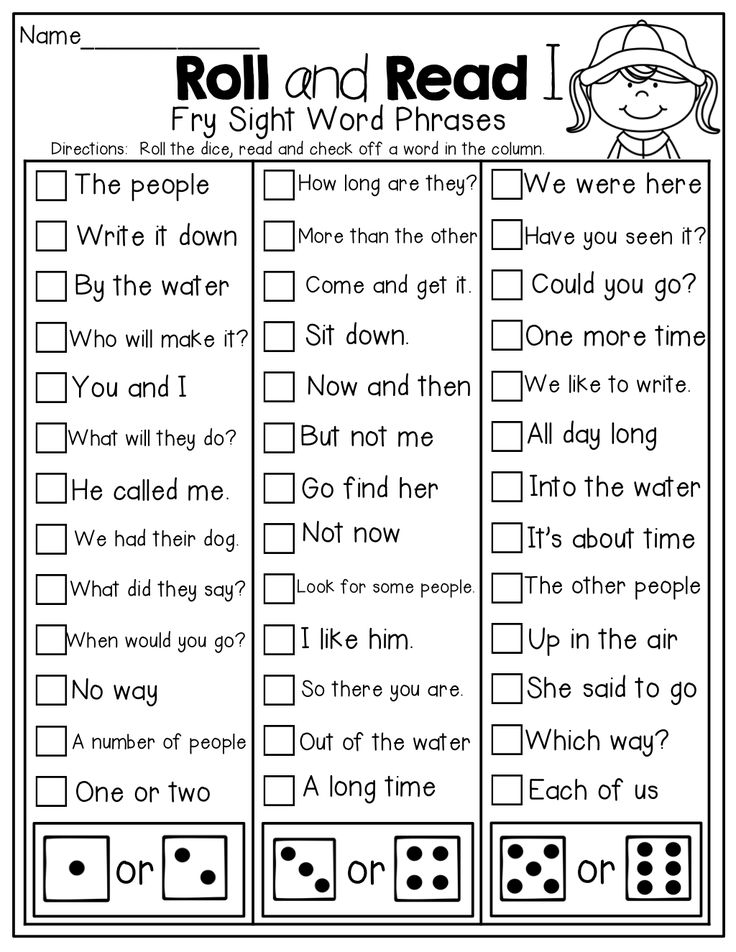
What is the best way to start learning English for a second grader?
If your child has been learning a language since the first grade, the start of the new school year will be smooth. After all, learning begins with the alphabet and the rules of reading in English.
But if he is just starting to get acquainted with English, then he will have to master the alphabet and basic reading skills in just a month. So, before the start of the school year, you should pay attention to the basics of the English language.
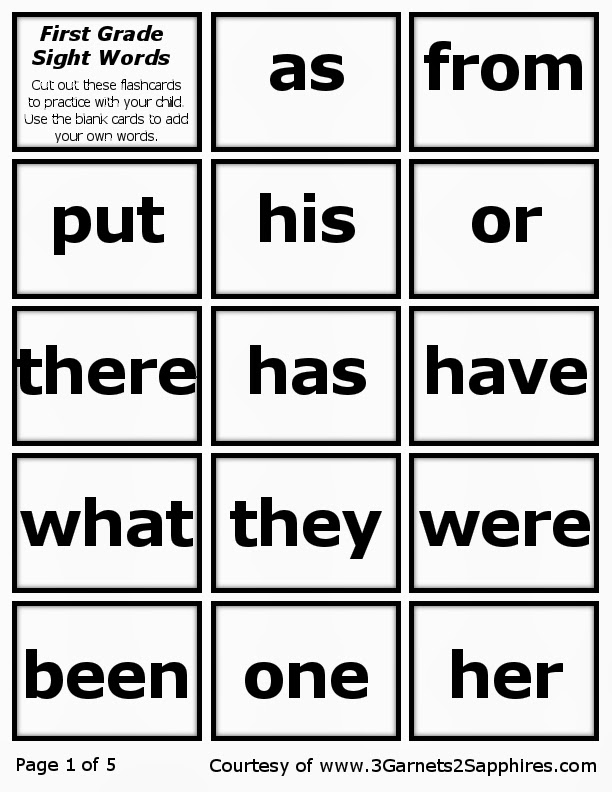
Basic phrases and expressions in the 2nd grade
Hello! Goodbye!
What's your name? – My name is…
How are you? – I'm fine, thank you.
How old are you? – I'm seven.
I'm a boy/girl.
This is my friend.
- Colors
It's yellow / green / blue / red / orange / pink / black / brown / gray / white / purple.
My favorite color is (blue).
What color is it?
- Family
This is my family. This is my mum / mother / dad / father / brother / sister / grandmother / grandfather.
I have got a (mother).
- School
I have got a book / pen / pencil / rubber / ruler / bag / pencil case.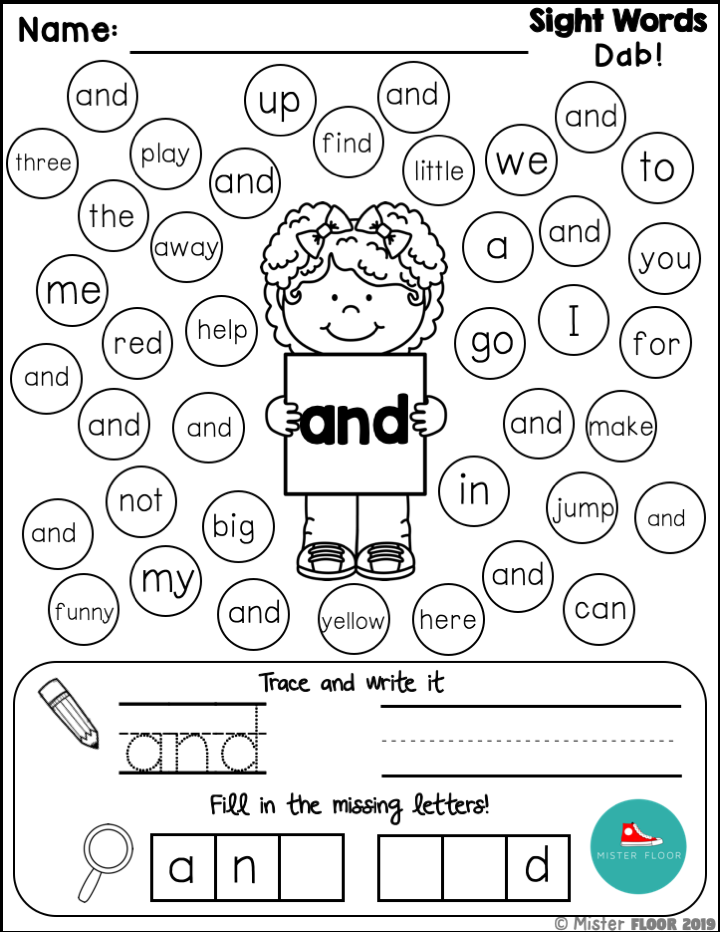
This is my (pen).
My (pen) is (blue).
- My home
This is my home.
This is my room / house.
M y (room) is big / small.
M y (chair) is (brown).
What's this? – It’s a house / chair / table / radio / bed / kitchen / bedroom / living-room / bathroom / window / door / floor.
I have got a bed / table / chair / TV / shelf.
Where is (the chair)? - It's on / in / under / next to (the table).
- Toys
What have you got? - I've got a ball / doll / plane / car. I haven't got drums / a guitar / soldier / ballerina.
He / She's got a train / boat / teddy bear. He hasn't got a bike / kite / puppet.
This is my (car). It is (red) and (small).
Where is the (ball)? - It's under / on / in the (table).
- Skills
I can run / jump / play / climb / swim / eat / drink / dance / sing.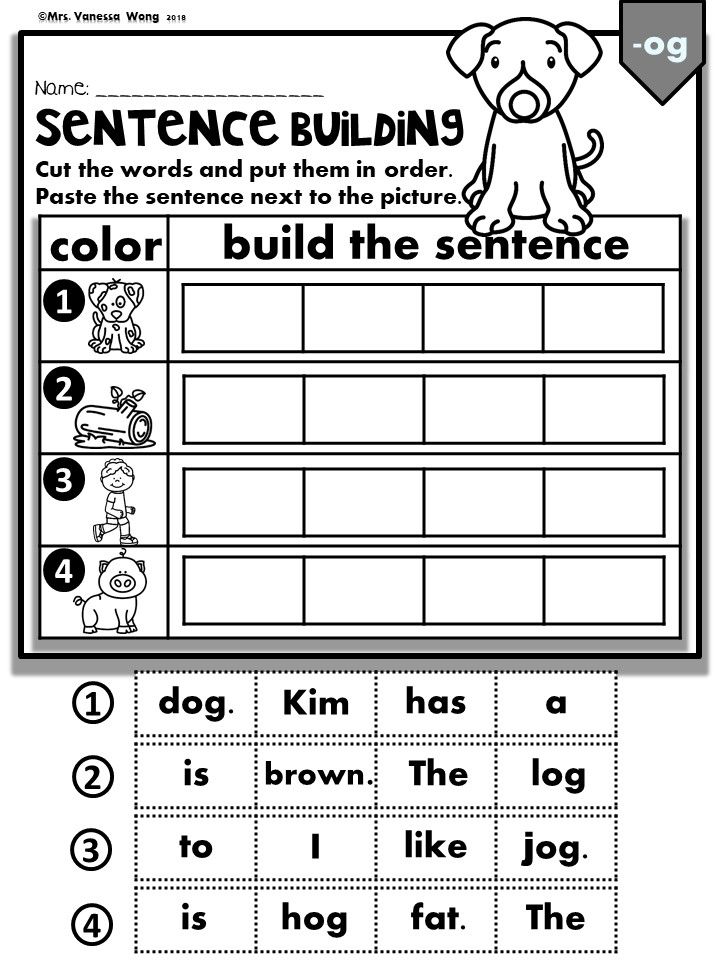
I can't fly.
Can you jump? – Yes, I can. / No, I can't.
- Body parts
I have got eyes / ears / a nose / a mouth / legs / hands / dark hair / blond hair.
I have got (brown) eyes and (long) (dark) hair. My nose is small.
- Animals
I have got a cat / dog / parrot / rabbit / mouse / hamster / tortoise.
This is a monkey / elephant / crocodile / bird / duck / chimps / frog / horse.
My favorite animal is (a cat).
This is my (cat).
It is (big) and (black).
It has got (a nose).
It can (run).
- Food
What's your favorite food? – My favorite food is pizza / cake / biscuits / fish / chips.
I like apples / bananas / bread / juice / milk / eggs / cheese / chocolate / tea.
I don't like ice-cream / chicken / hot dogs.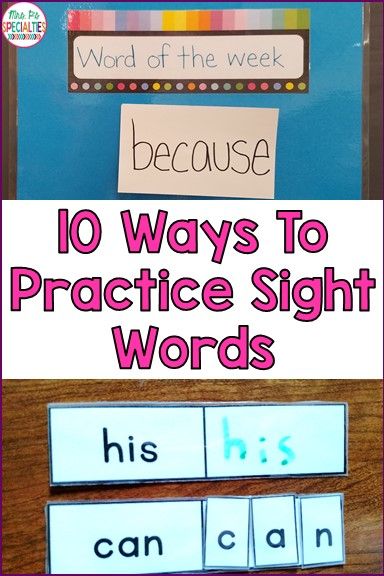
- Weather and seasons
What's the weather like? – It is sunny / cloudy / rainy / snowy / windy / hot / cold.
I like summer / autumn / winter / spring.
- Clothing
I'm wearing a hat / jacket / coat / T-shirt / skirt.
He/she is wearing jeans / socks / boots / shorts / shoes.
English vocabulary on the topic "Phrases of apology"
https://cdn-static-englishdom.gcdn.co/dynamicus/blog-post/000/001/646/cb0de2e86448759150049d6ca5ec37d3.mp3
Which form of learning is best used 6 individual lessons with a tutor, and group lessons with other children. It all depends on the temperament of the child and his individual characteristics.
Classes at the school, as you know, do not provide for an individual approach to each student and his pace of learning, so if the child's academic performance leaves much to be desired, or you are not sure about the school program, then we recommend course English for children via Skype . Throughout the course, your child will be able to learn many new words, learn grammatical constructions and finally learn to speak.
Throughout the course, your child will be able to learn many new words, learn grammatical constructions and finally learn to speak.
40
How to study English in the 2nd grade on your own?
- Try to surround your child with English at home. If your toddler loves to read books, read books in English together every evening. Make it a family tradition.
- Colorful comics is also a great way to learn a language. For very young comics about famous characters, for those who are older, original comics based on English grammar are invented.
- Listen to favorite songs in English in the car on the way to school, it will be even better if you and your child sing along with the performer.
- Have a tea party in English . Place dolls and teddy bears at the table, explain to the child what five-o-clock is, tell the queen about the traditions of England.
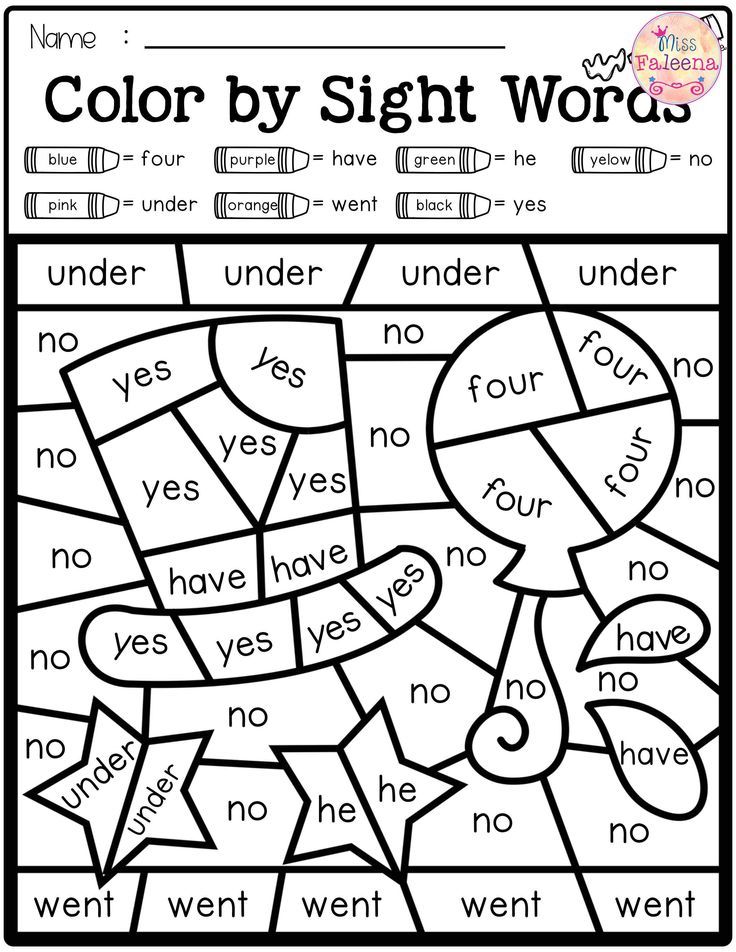 Offer to chat in English like true royalty.
Offer to chat in English like true royalty. - When you go to the store, ask your child to name in English everything you put in the basket.
- On New Year's Eve suggest for reliability to write a letter not only to Santa Claus, but also to his American relative, Santa - Klaus . In English, of course.
What should a second grader know by the end of the year?
By the end of the second year, the child should have mastered the following skills:
- Write letters , know their order in the alphabet.
- Write words from the topics covered.
- Make up your own simple sentences according to the model or complete the sentences with the necessary words.
- Read short texts consisting of simple sentences after listening to them in the recording.
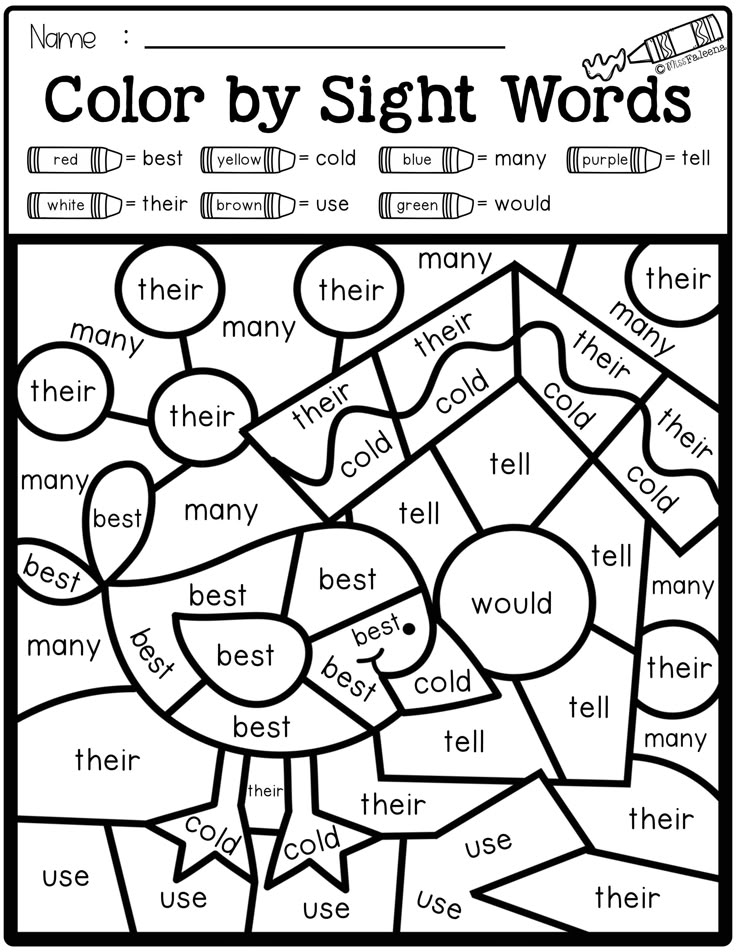
- Understand the main content of simple stories based on familiar words based on pictures.
- Participate in simple dialogues , be able to say hello and goodbye, answer questions about yourself, and keep up a simple conversation on everyday topics: "Family", "School", "Working Day", "My Home".
Read also
Lyrics and lyrics Set Fire to the Rain (Adele)
Conclusion
Together with your child, find a suitable format for learning English, practice the language as often as possible and do not forget about homework!
We hope our list of grammar and vocabulary topics will help your child learn and you will know what to look for.
Good luck with your English and your kids!
Large and friendly family EnglishDom
Author
Irina
Article rating:
Thank you, your vote counted
Interesting articles
TOP 15 Ways to Say No in English
Basic rules of English intonation
Introducing new workers into the workflow: 8 steps to maximum optimization
HR Analyst Top Materials
What is popular in English tiktok
Eric Clapton and his work in English
what a child should know and be able to do
End of the school year: marks are given, diaries are signed.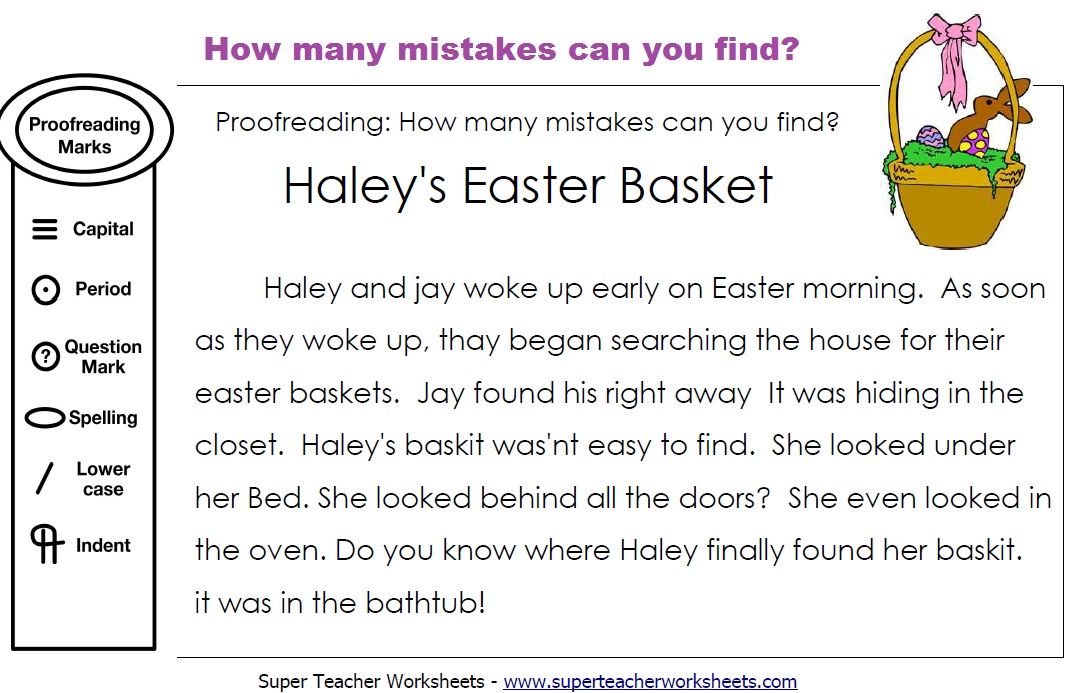 It's time to check how well the child has mastered the school curriculum. Today we will figure out how to determine the success of a second grader.
It's time to check how well the child has mastered the school curriculum. Today we will figure out how to determine the success of a second grader.
Marina Dukhanina - teacher Allright.io
Recall that not everywhere a foreign language is studied from the first grade. Quite often, especially in secondary schools, English is introduced from the second year. What is the difference? A first-grader who has taken English will have an easier time mastering the program in the future. If a child does not have basic knowledge, he will have to master the alphabet and basic reading skills in just a month.
If a child took English in the first grade, his results by the end of the second year should not differ much. Consider the main achievements:
1. Skills and abilities:
– Write letters, know their order in the alphabet
– Write words from conversational topics covered
– Copy sentences from the sample (copying)
– Make your own simple sentences according to the model or complete the sentences with the necessary words.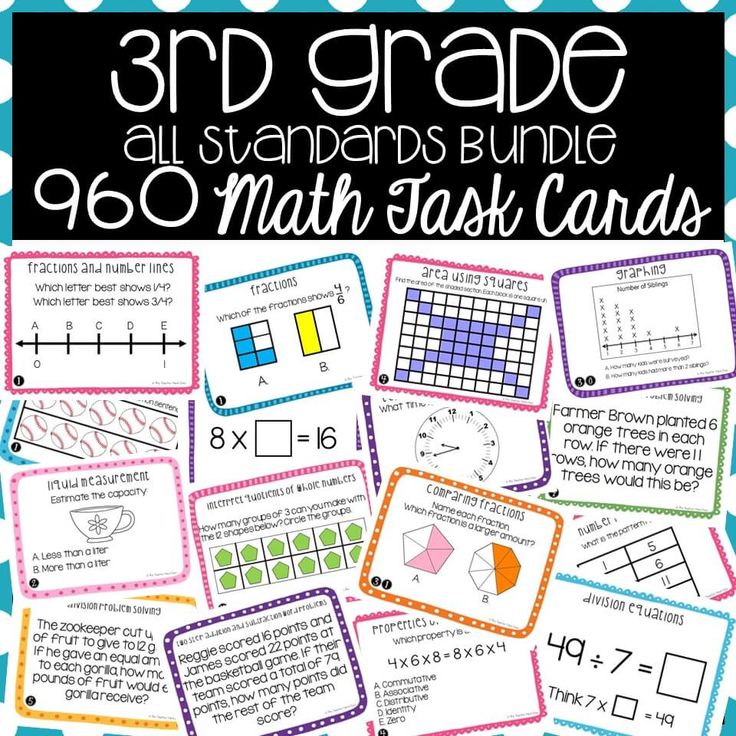
- Read words of one or two syllables, know the basic letter combinations.
- Read short texts consisting of simple sentences after listening to them in the recording .
- Recognize by ear small texts and statements built on familiar material, mainly based on pictures .
– Participate in simple dialogues, be able to say hello and goodbye, answer questions about yourself, and also keep up a simple conversation on an everyday topic: “Family”, “School”, “Working day”, “My home” using simple sentences and set phrases
- Make up a short story about a family, house, animal modeled on for 5-6 sentences
class every year. In the second grade, the child will repeat what he learned in the first grade, gradually adding new words and expressions.
Do not ask your child to tell you the rule: at an early age, grammar is given only in the form of ready-made phrases.
🤝 Introducing
Hello! Goodbye!
What's your name? – My name is…
How are you? – I'm fine, thank you.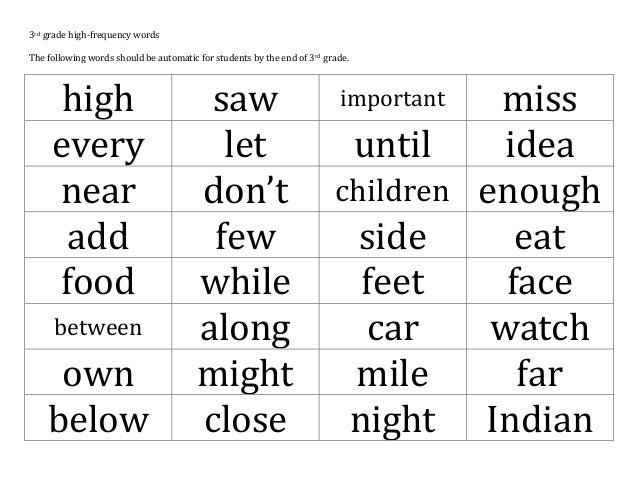
How old are you? – I'm seven.
I'm a boy / girl.
This is my friend.
🎨 Colors
It’s yellow / green / blue / red/ orange / pink / black / brown / gray / white / purple.
My favorite color is (blue).
What color is it?
🔢 Numbers from 1 to 10
👪 Family
This is my family. This is my mum / mother / dad / father / brother / sister / grandmother / grandfather.
I have got a (mother).
🏫 School
I have got a book / pen / pencil / rubber / ruler / bag / pencil case.
This is my (pen).
My (pen) is (blue).
🏡 My home
This is my home.
What's this? - It's a house / chair / table / radio / bed / kitchen / bedroom / living-room / bathroom / window / door / floor.
I have got a bed / table / chair / TV / shelf.
This is my room / house.
My (room) is big / small.
My (chair) is (brown).
Where is (the chair)? – It's on / in / under / next to (the table).
🎮 Toys
What have you got? – I've got a ball / doll / plane / car. I haven't got drums / a guitar / soldier / ballerina.
He / She's got a train / boat / teddy bear. He hasn't got a bike / kite / puppet.
This is my (car). It is (red) and (small).
Where is the (ball)? – It's under / on / in the (table).
💃Skills
I can run / jump / play / climb / swim / eat / drink / dance / sing.
I can't fly.
Can you jump? – Yes, I can.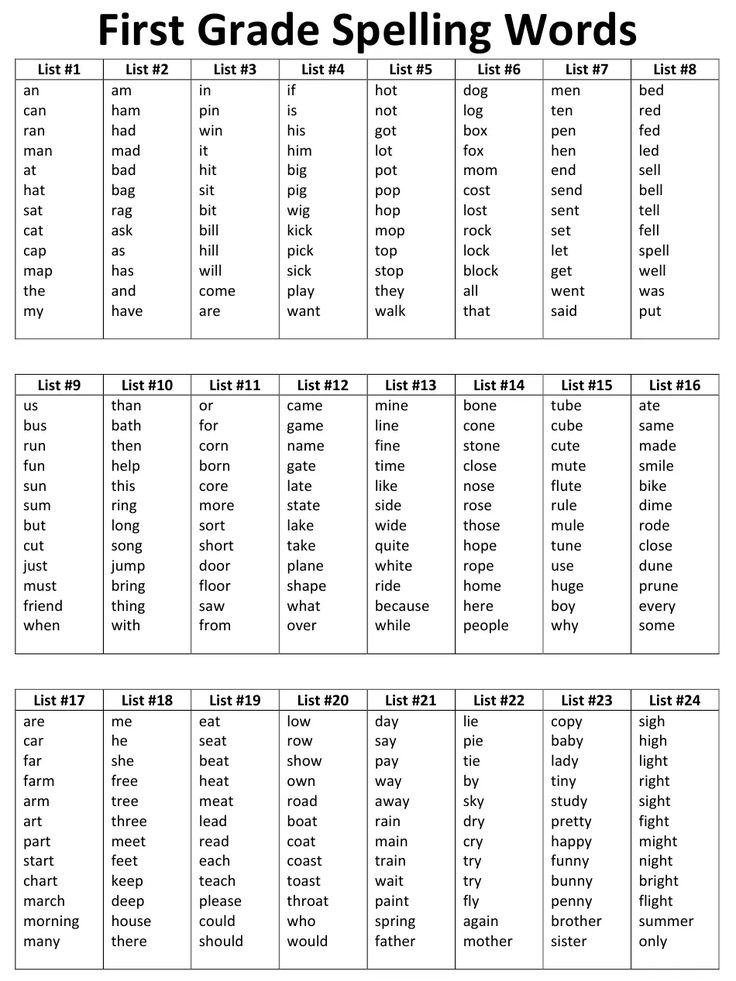 / No, I can't.
/ No, I can't.
👐 Body parts
I have got eyes / ears / a nose / a mouth / legs / hands / dark hair / blond hair.
I have got (brown) eyes and (long) (dark) hair. My nose is small.
🐯 Animals
I have got a cat / dog / parrot / rabbit / mouse / hamster / tortoise.
This is a monkey / elephant / crocodile / bird / duck / chimps / frog / horse.
My favorite animal is (a cat).
This is my (cat).
It is (big) and (black).
It has got (a nose).
It can (run).
🍎 Food
What’s your favorite food? – My favorite food is pizza / cake / biscuits / fish / chips.
I like apples / bananas / bread / juice / milk / eggs / cheese / chocolate / tea.
I don't like ice-cream / chicken / hot dogs.